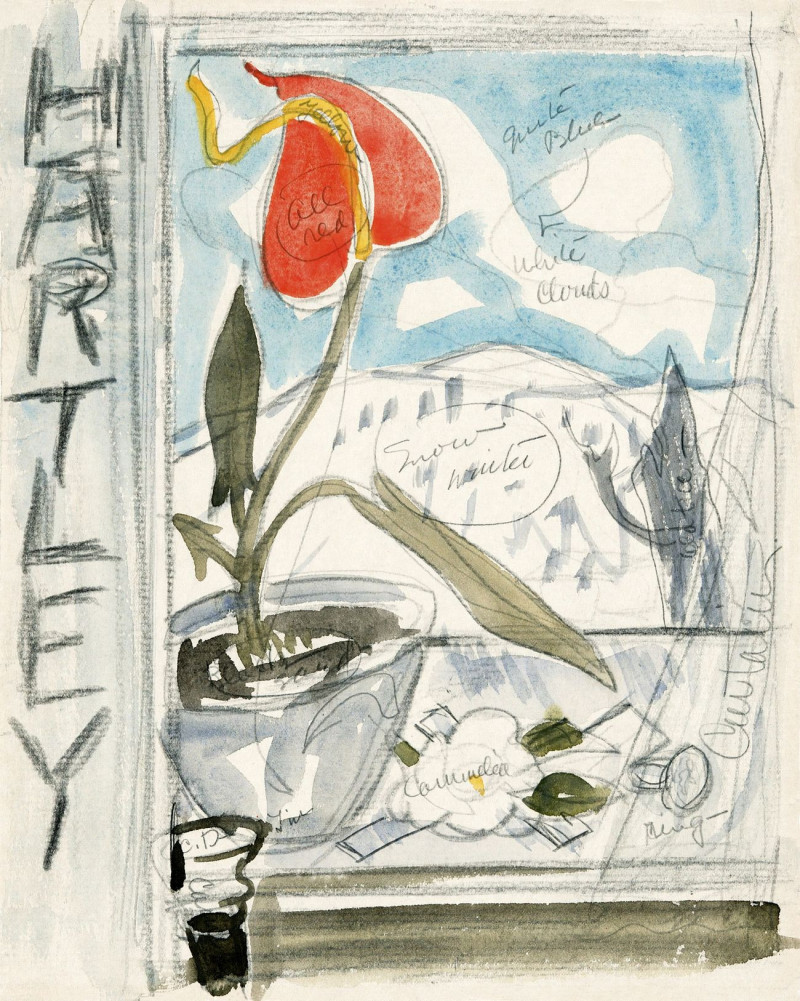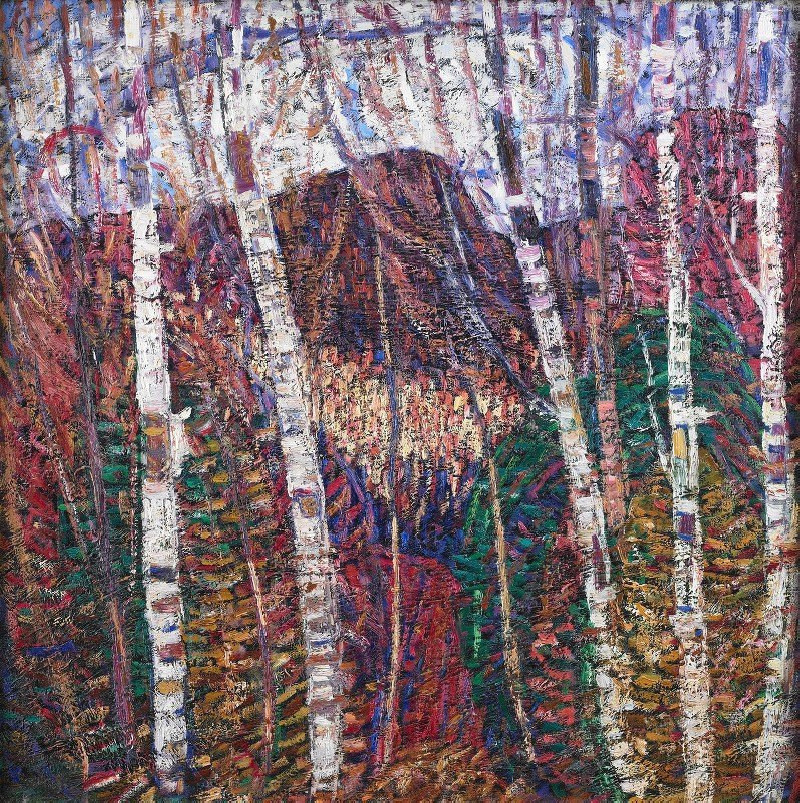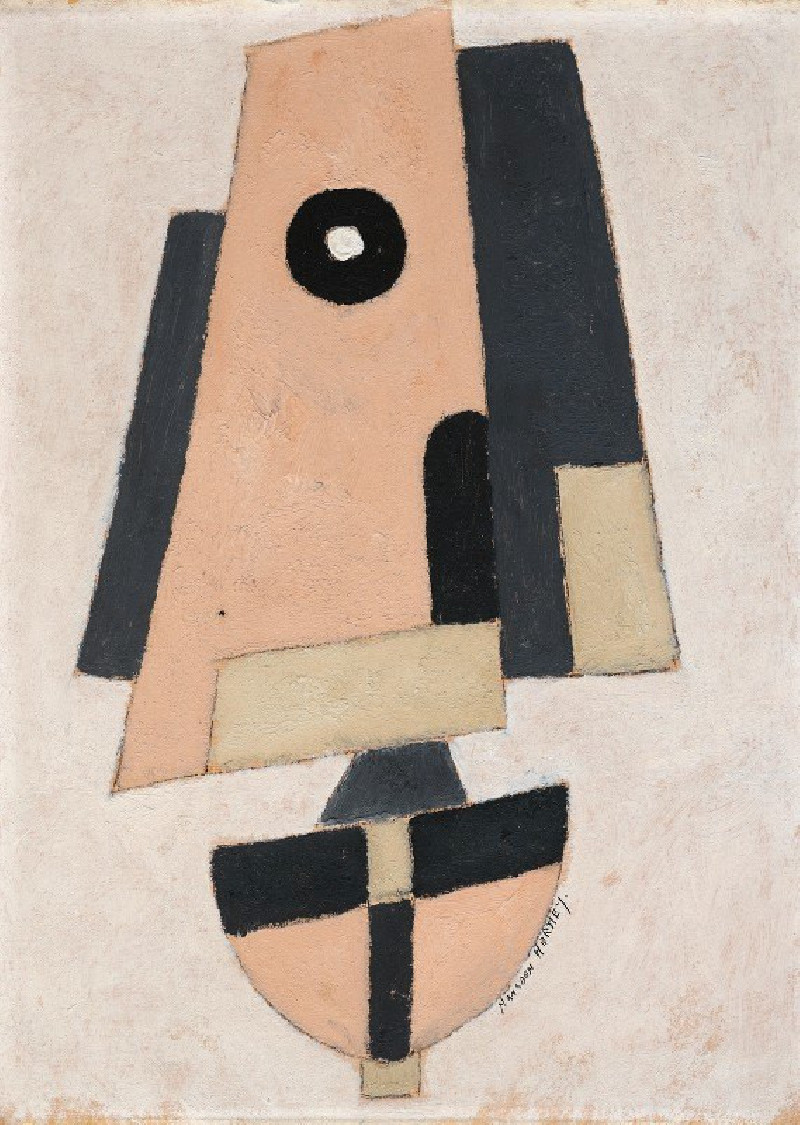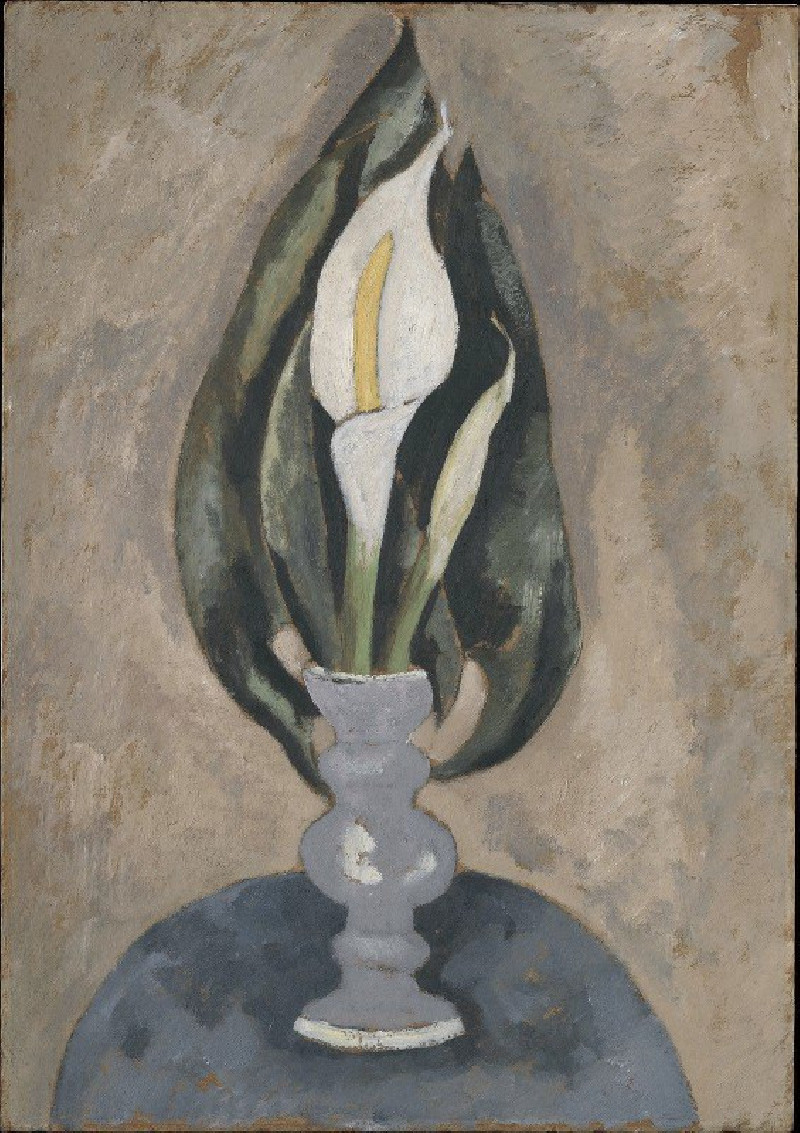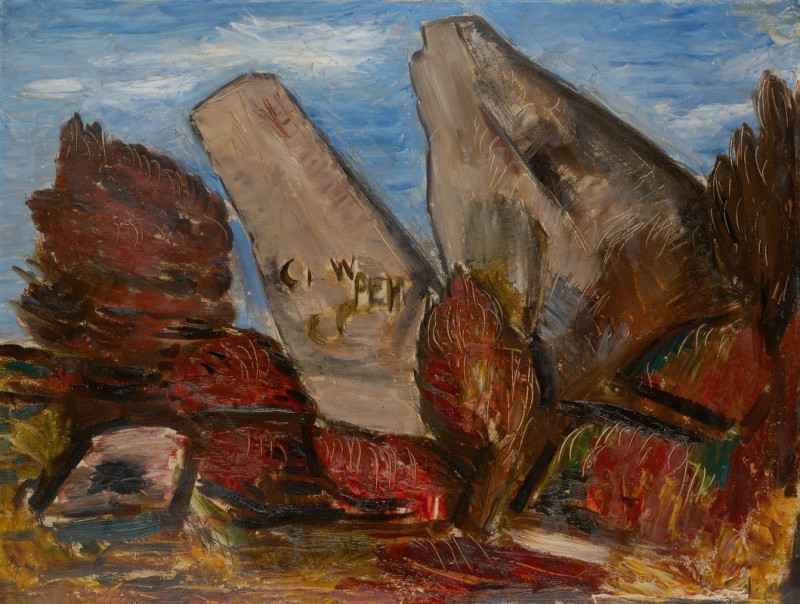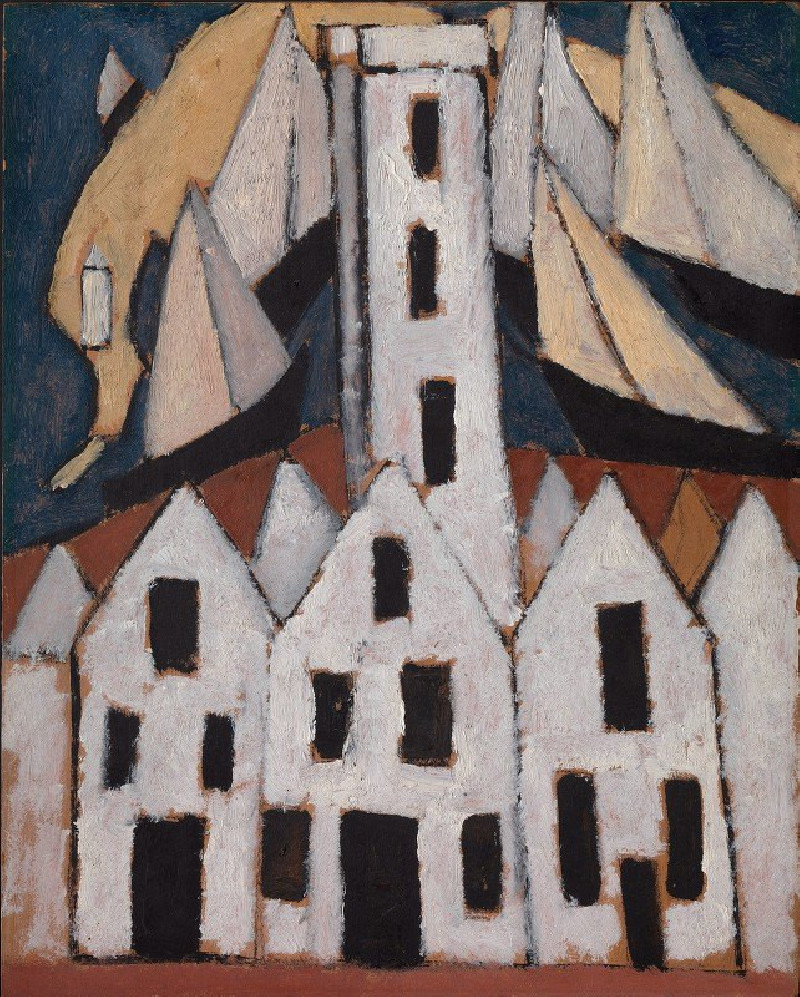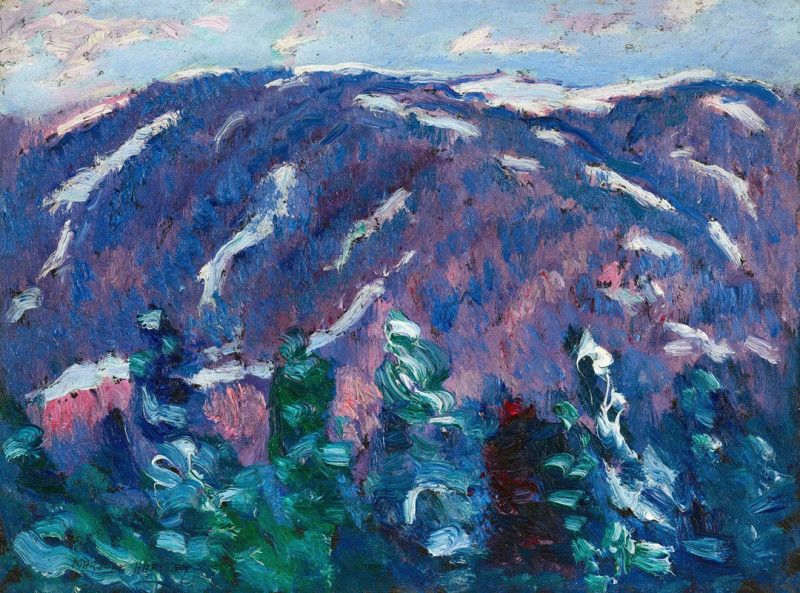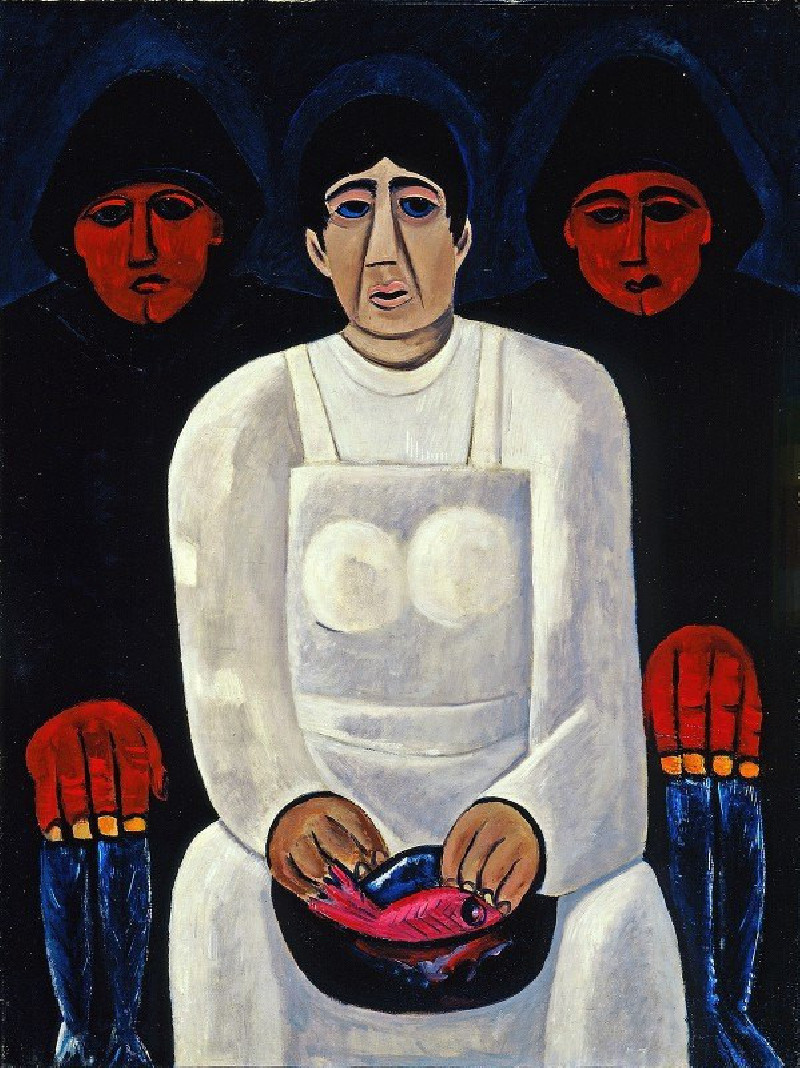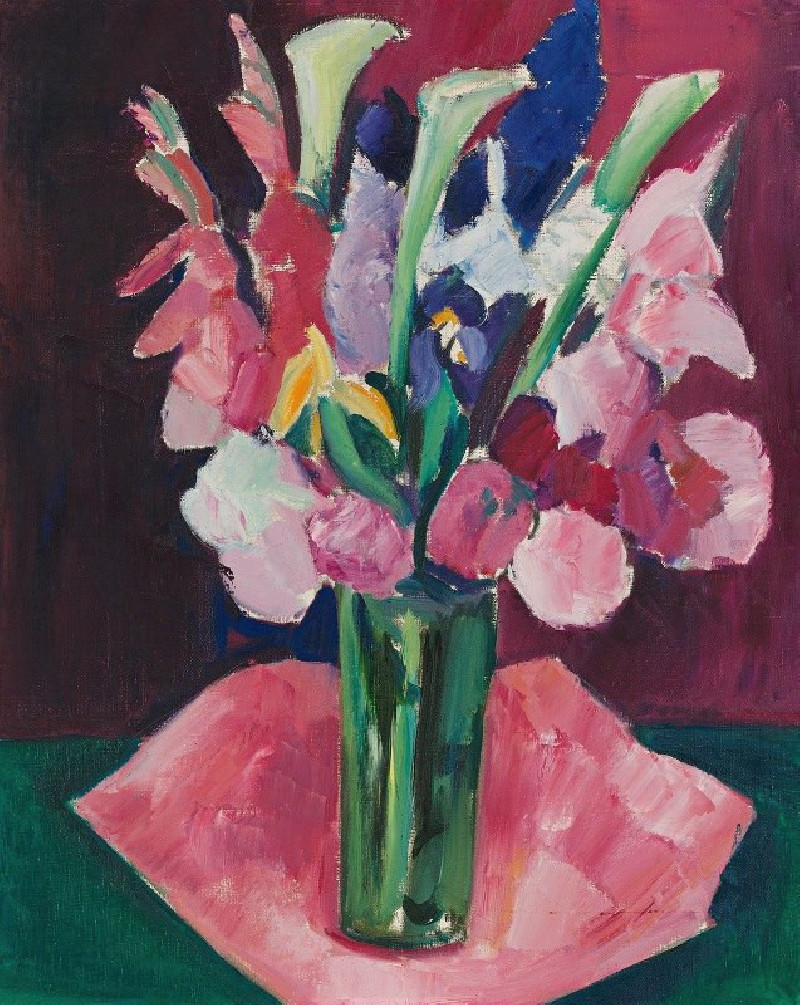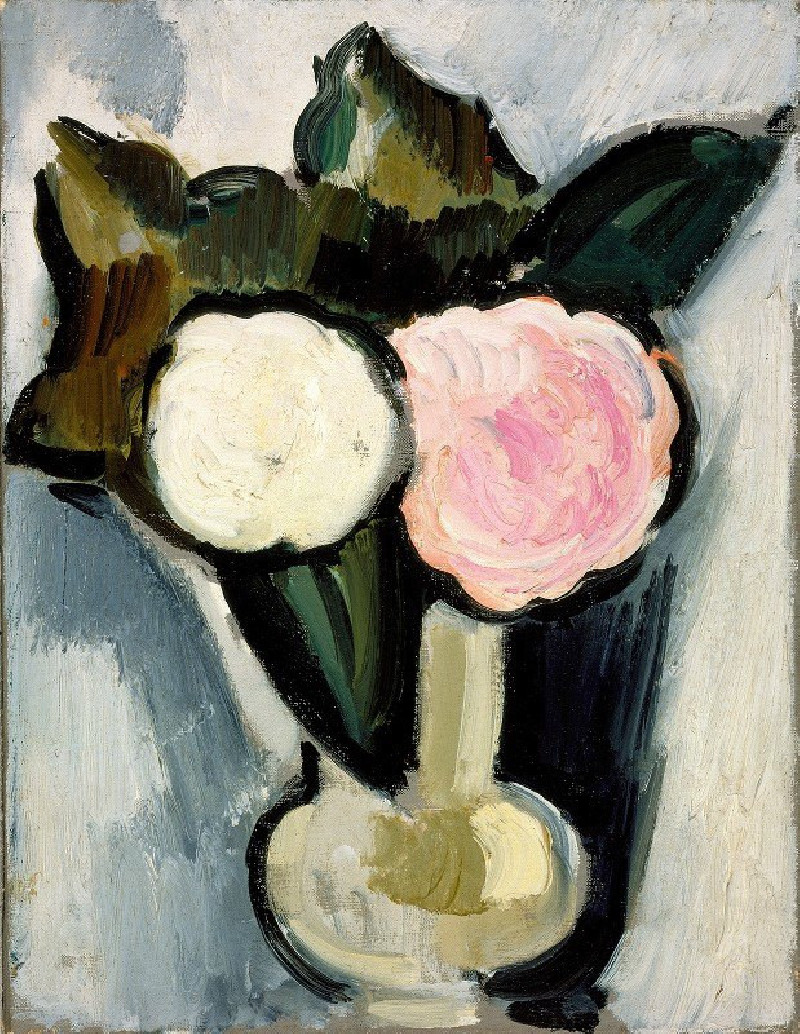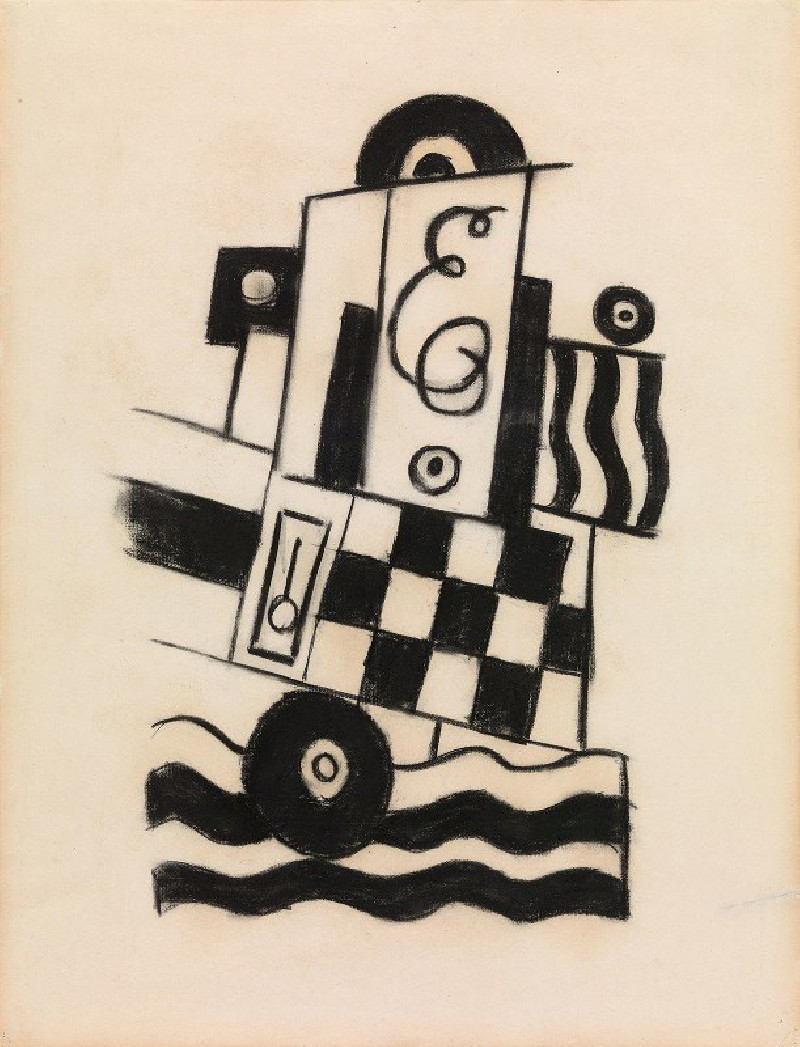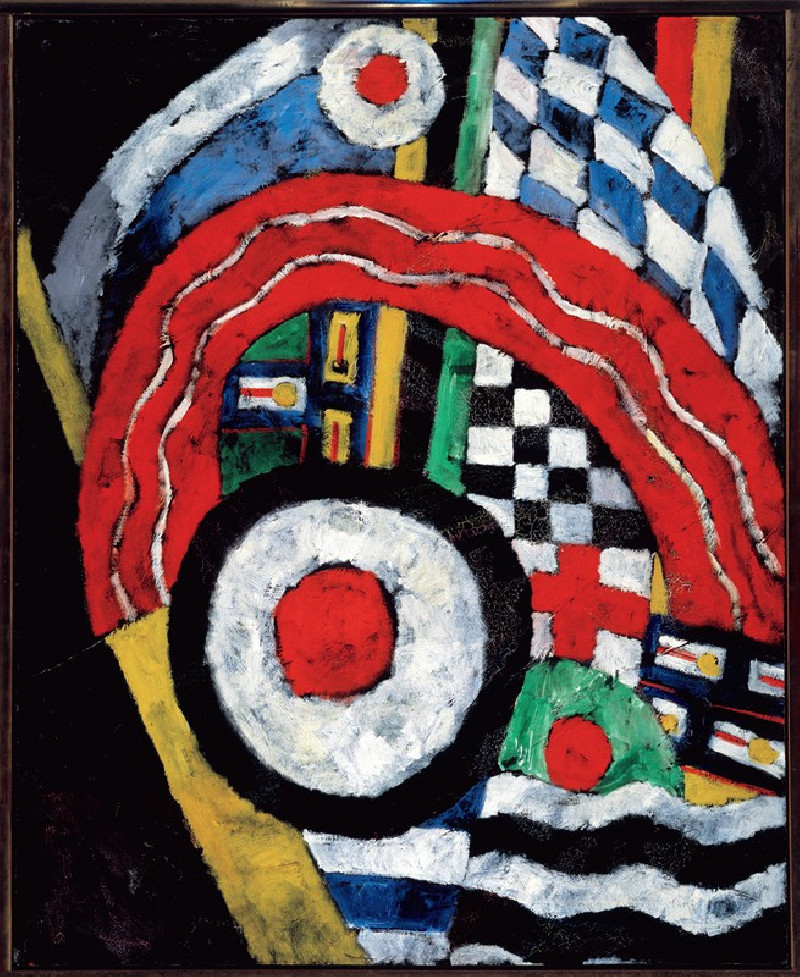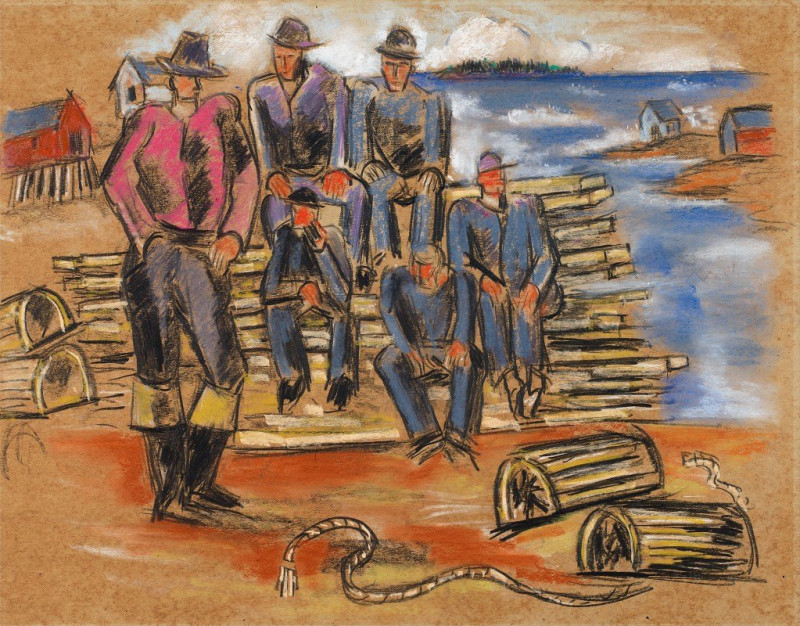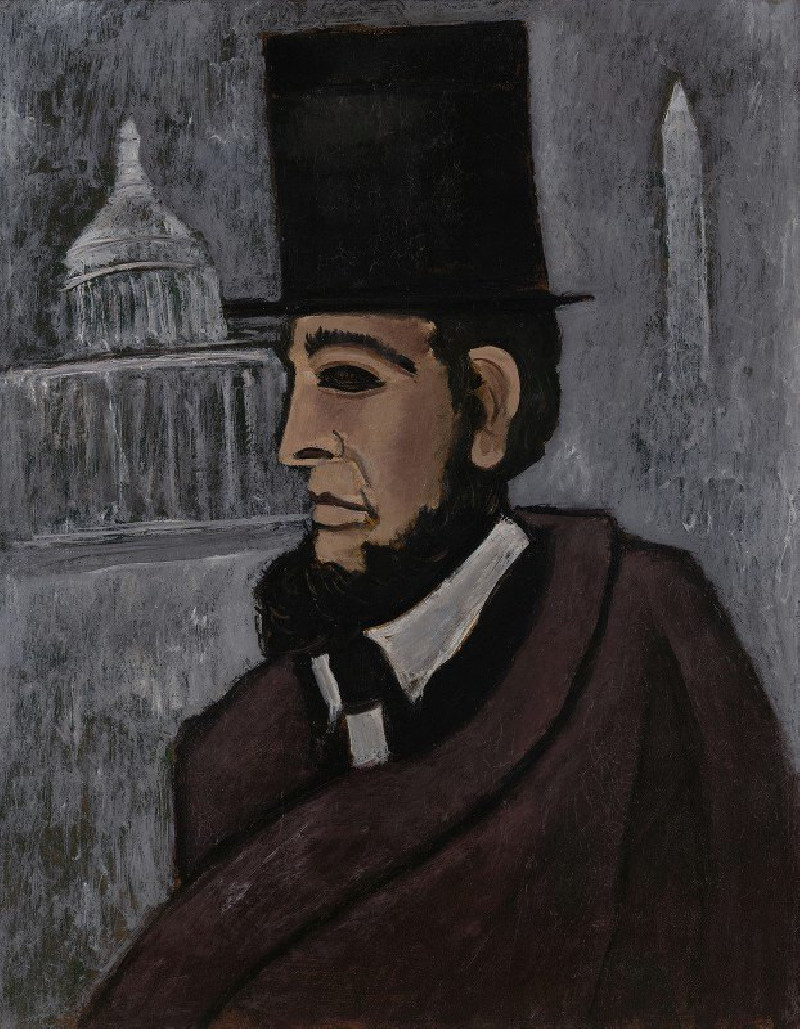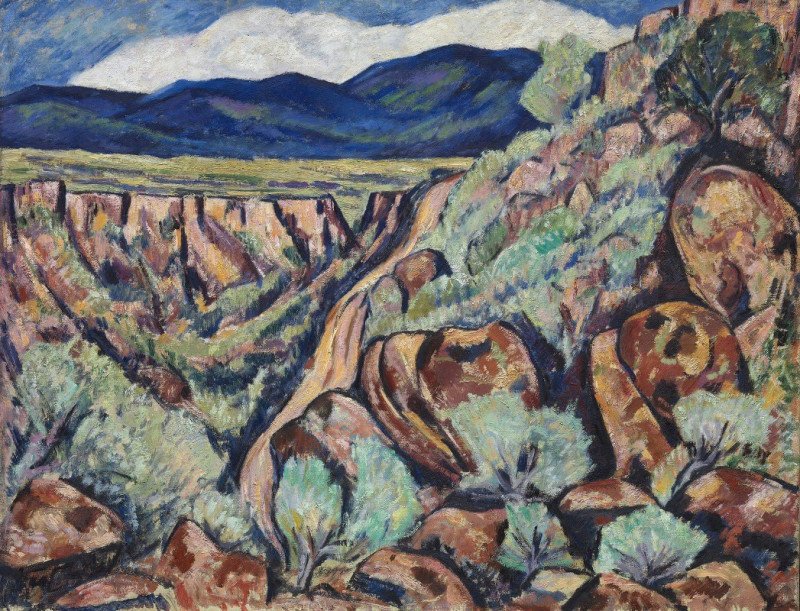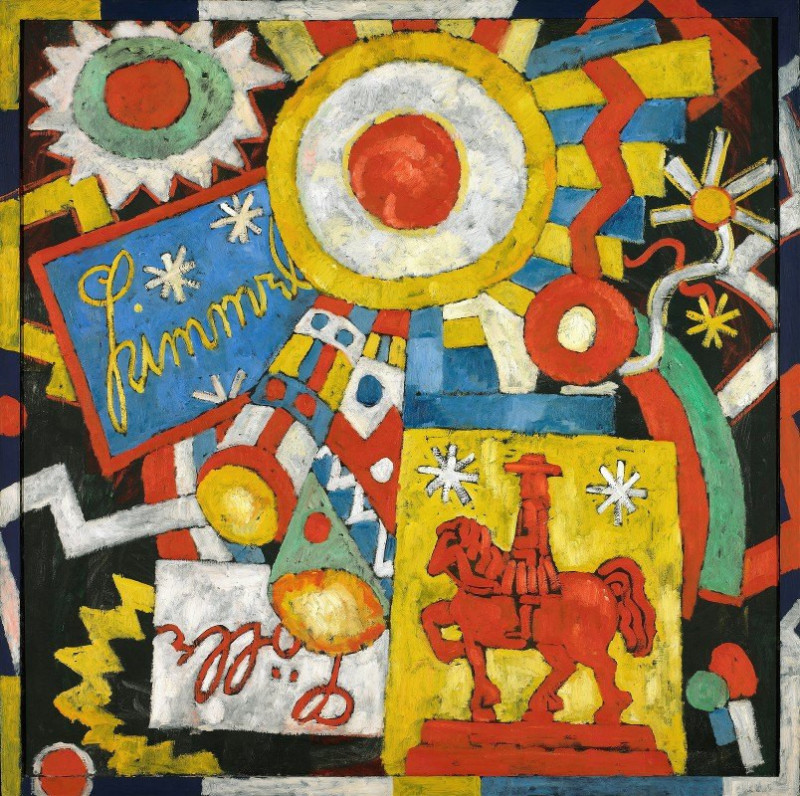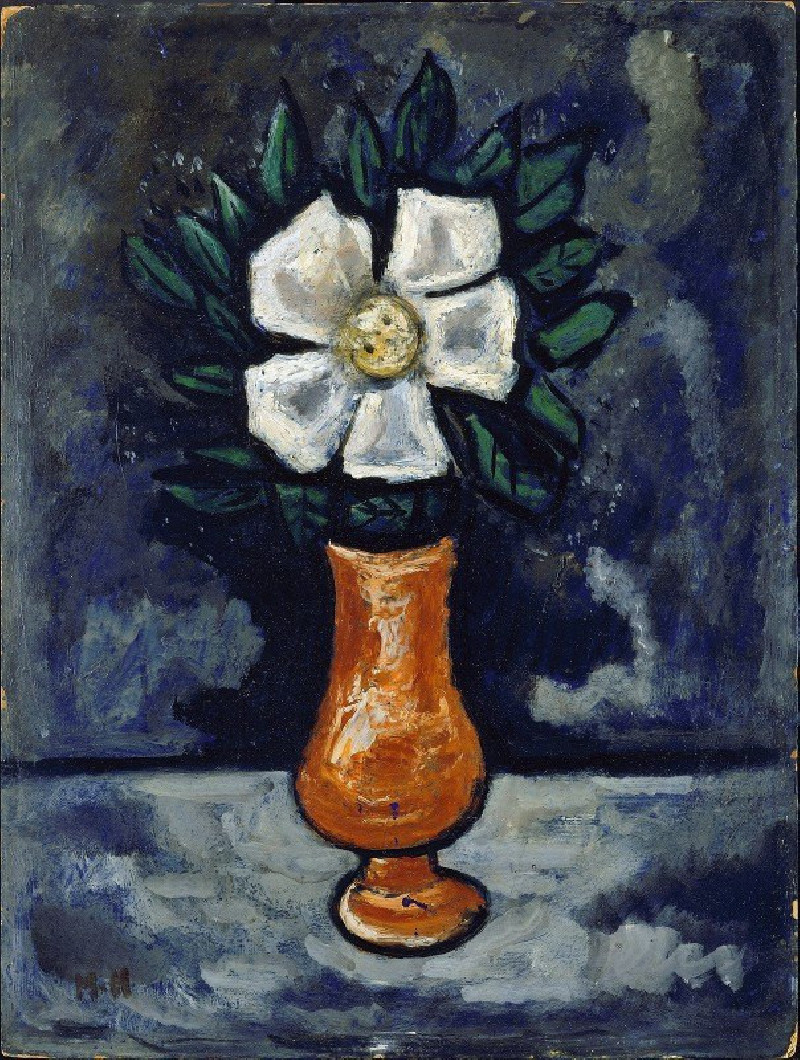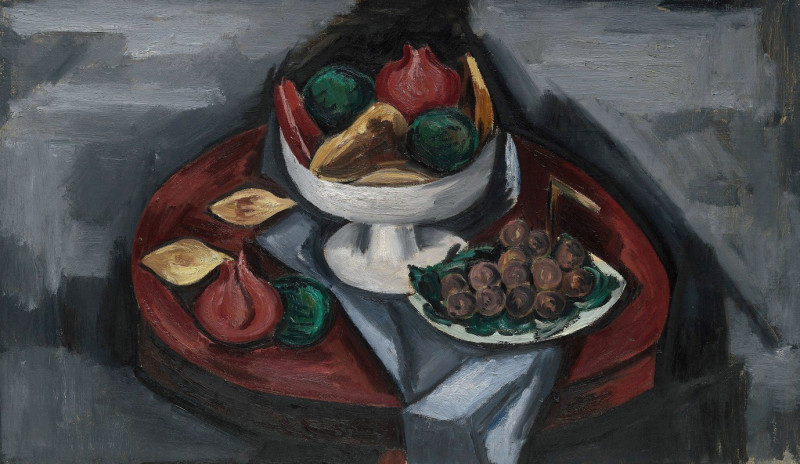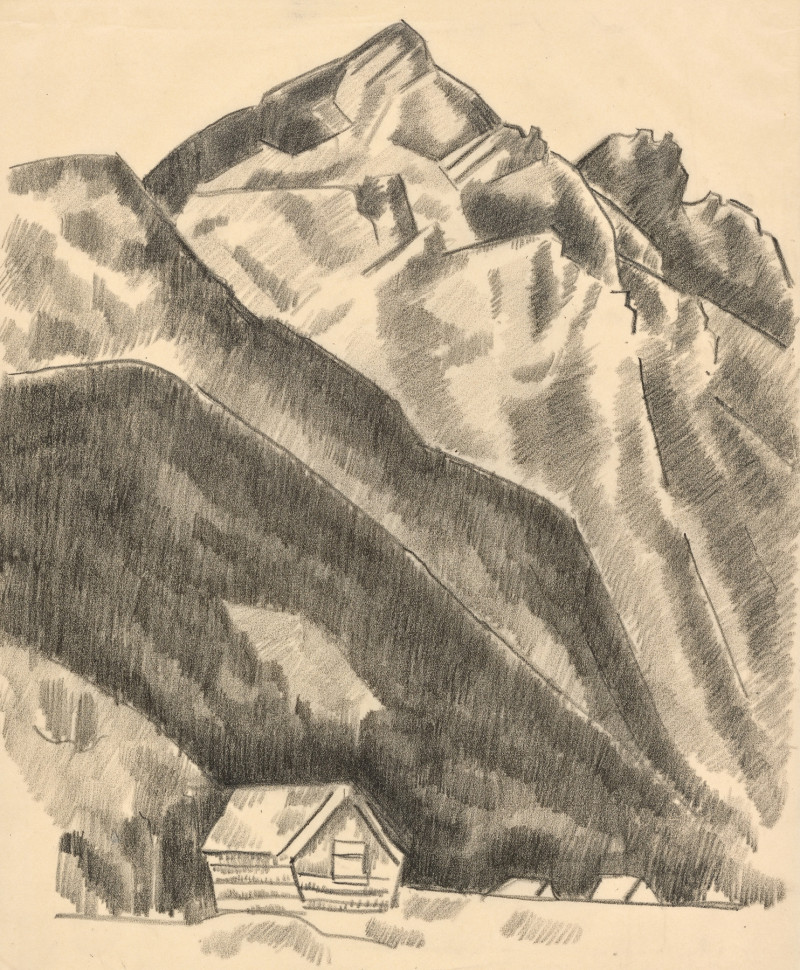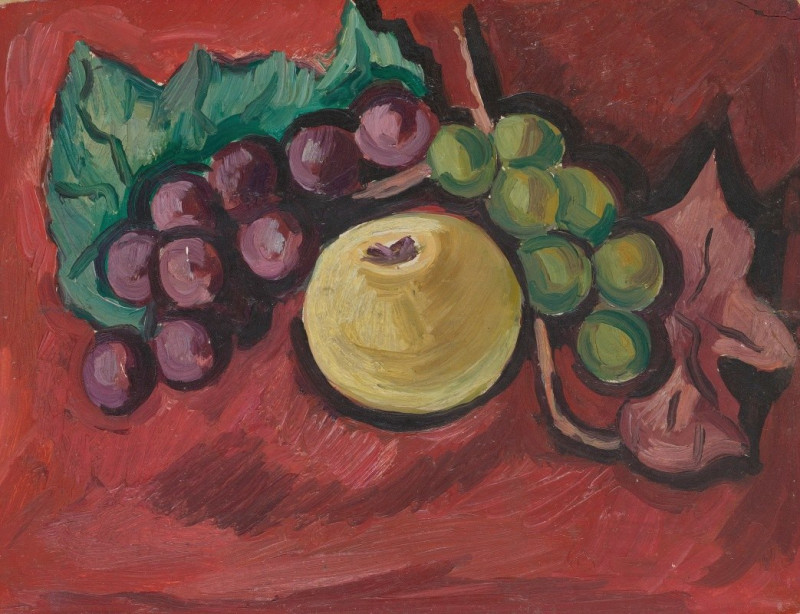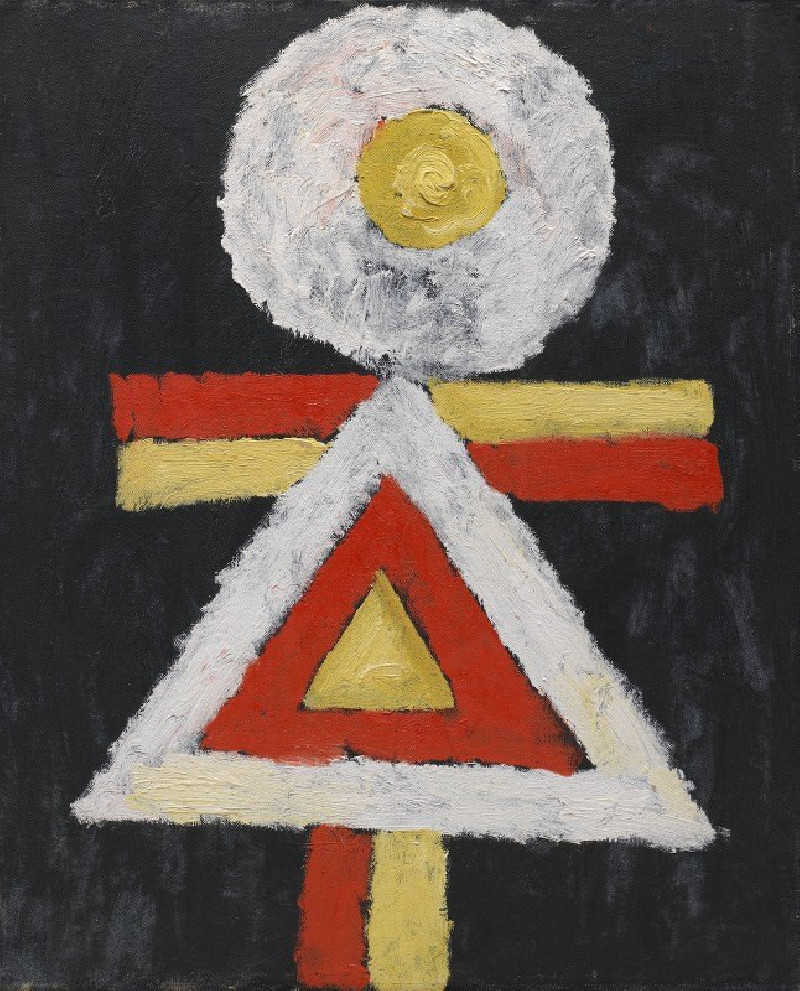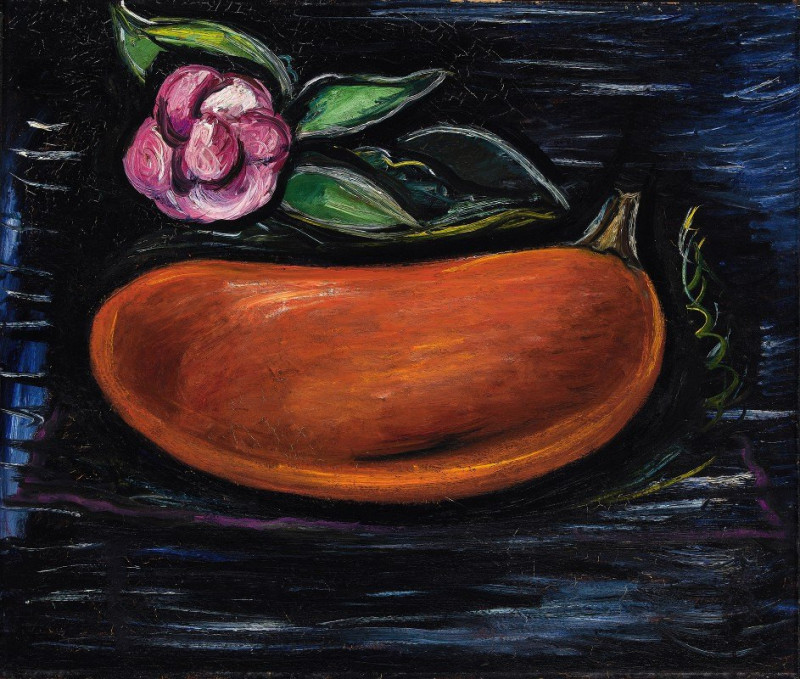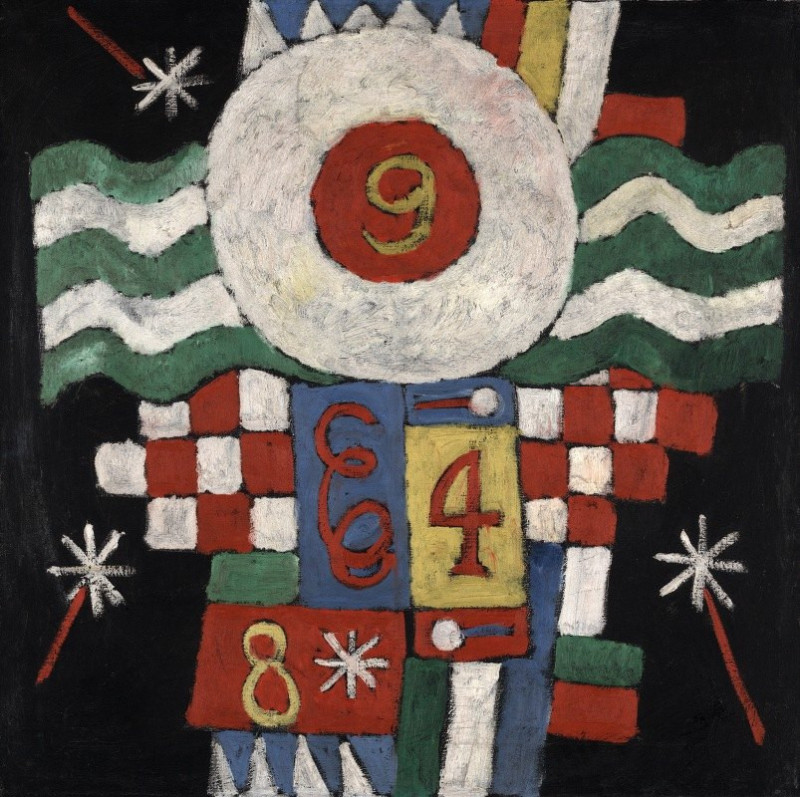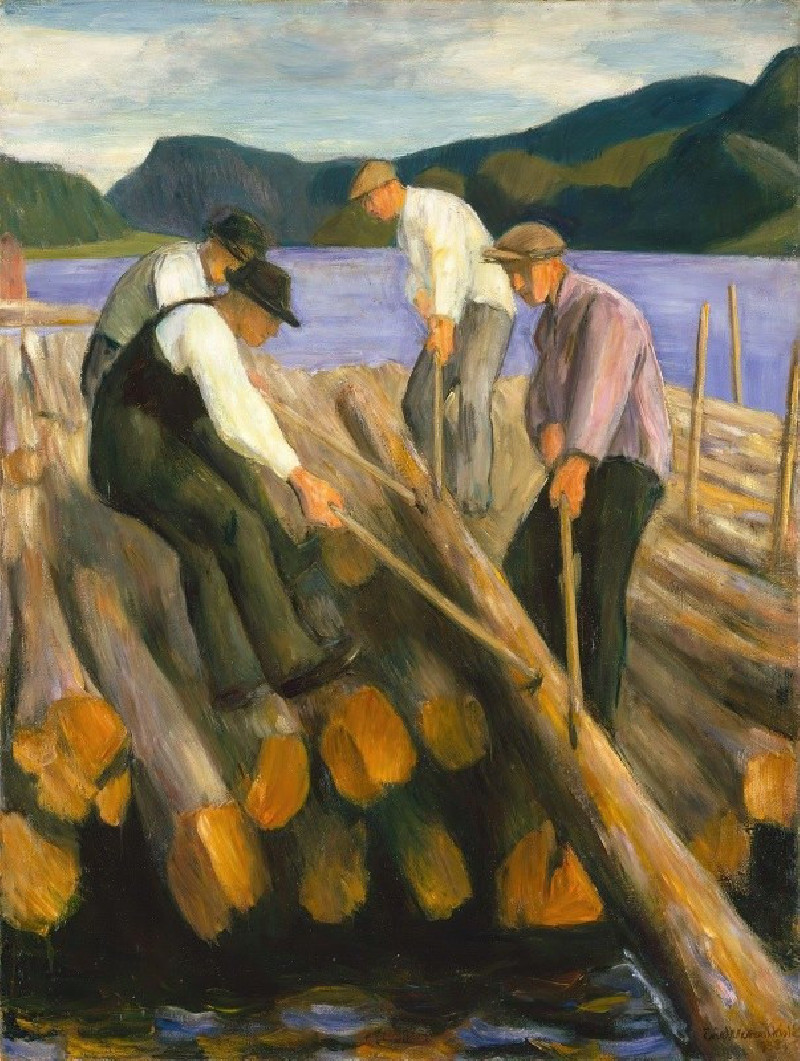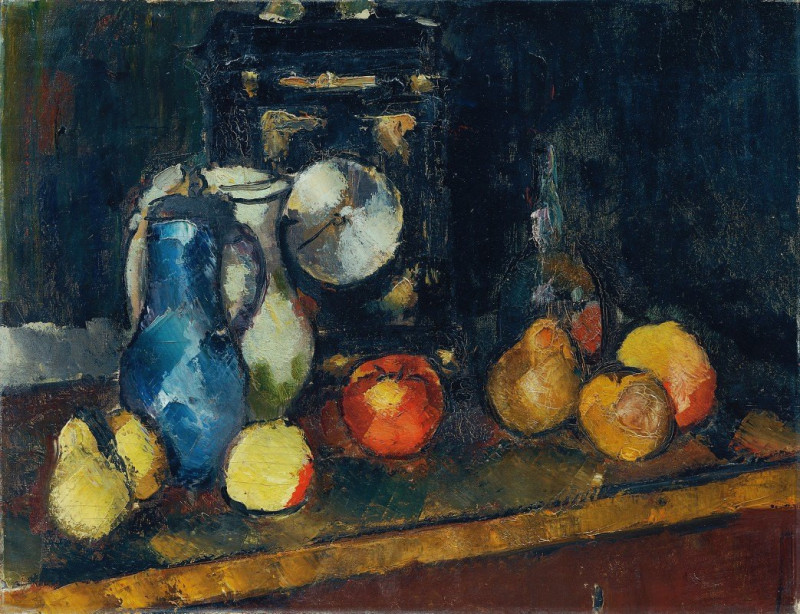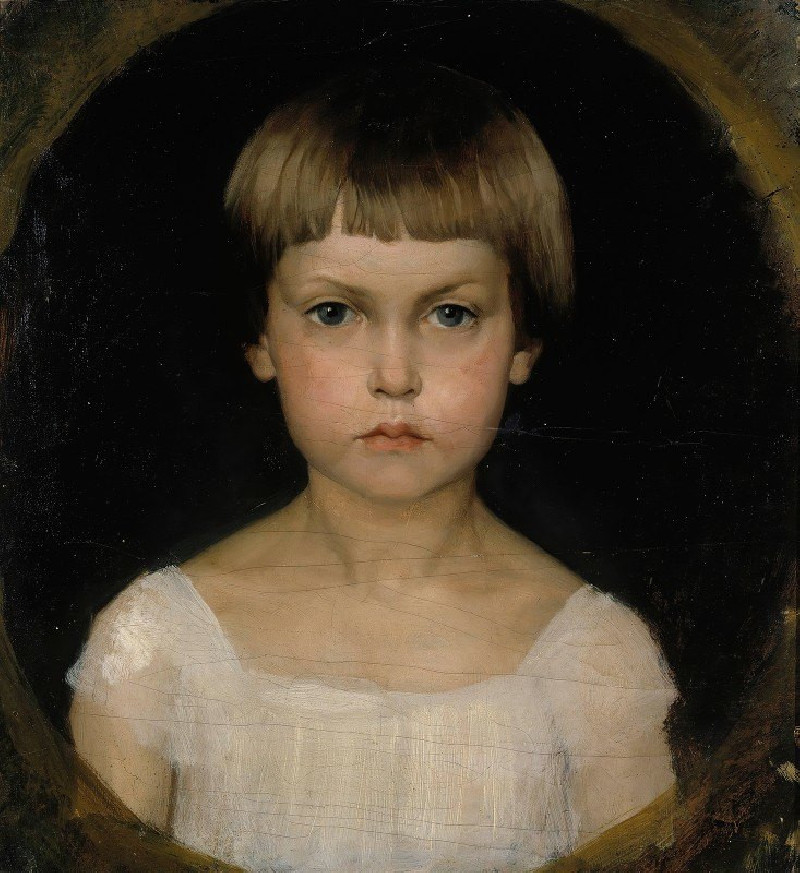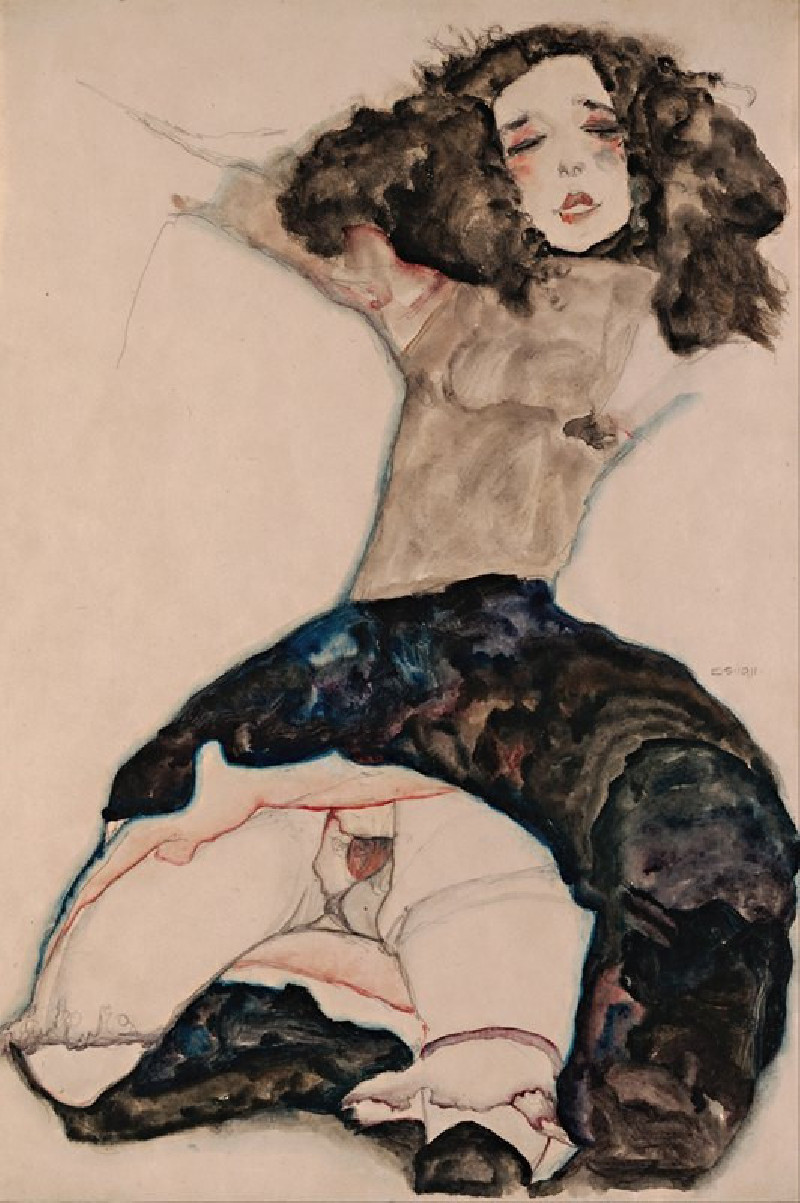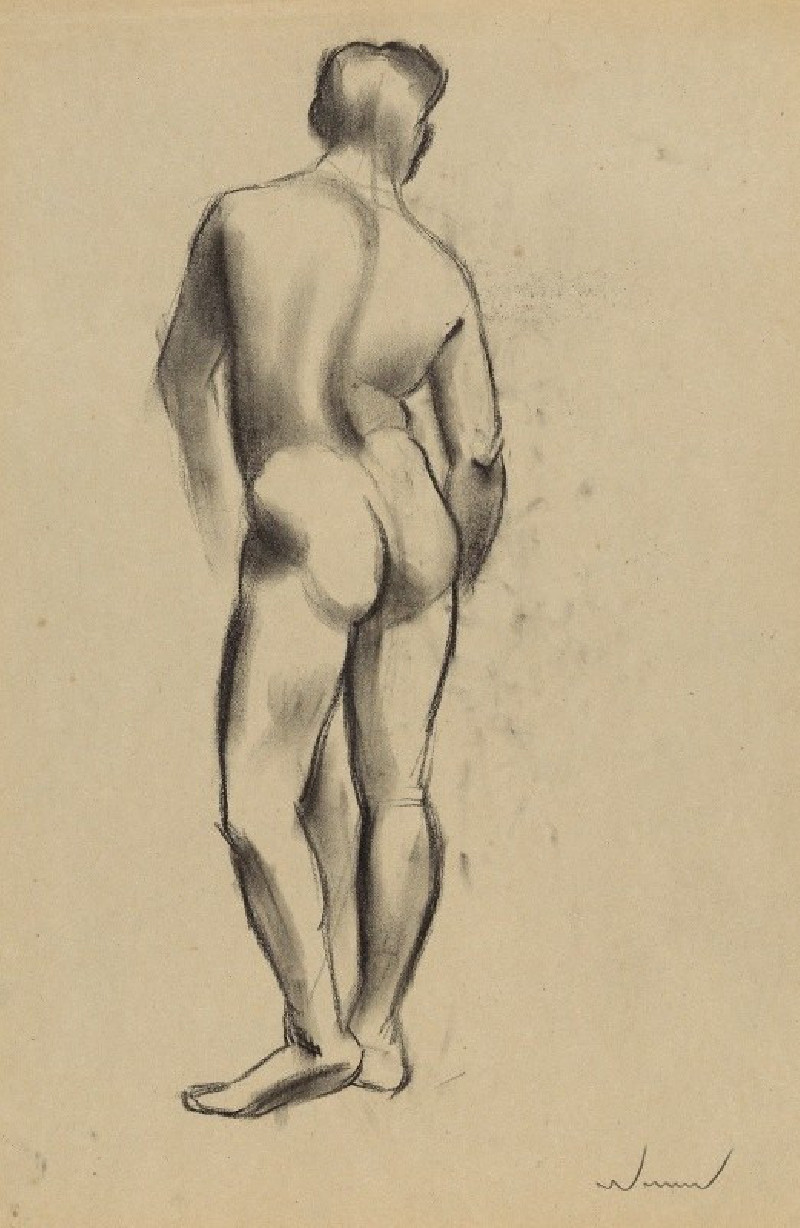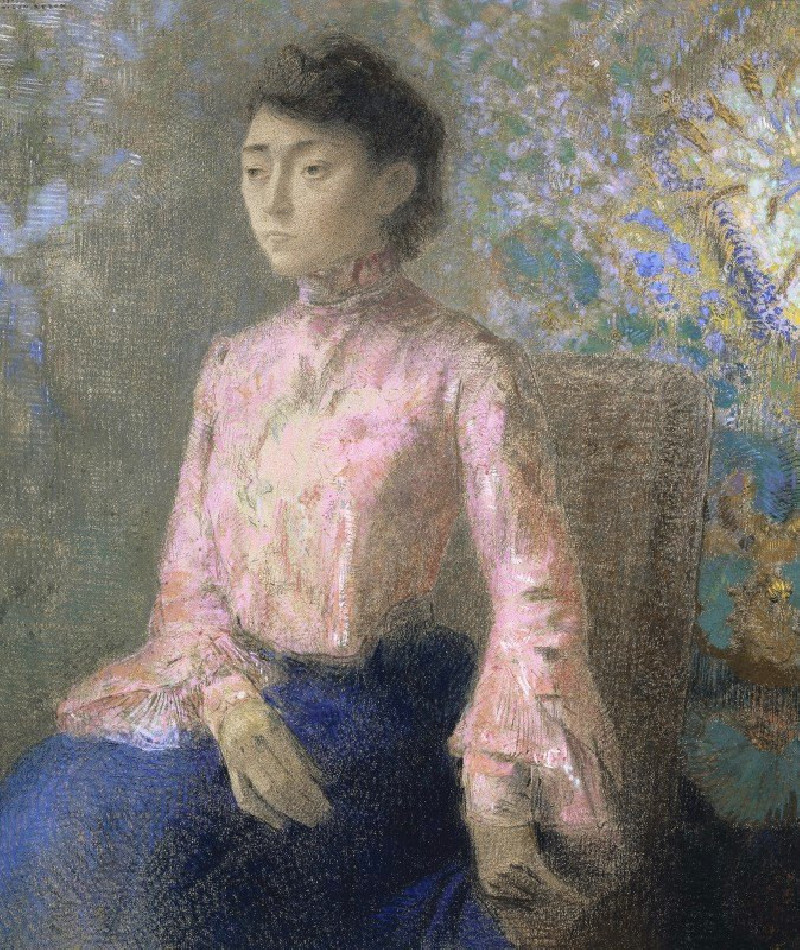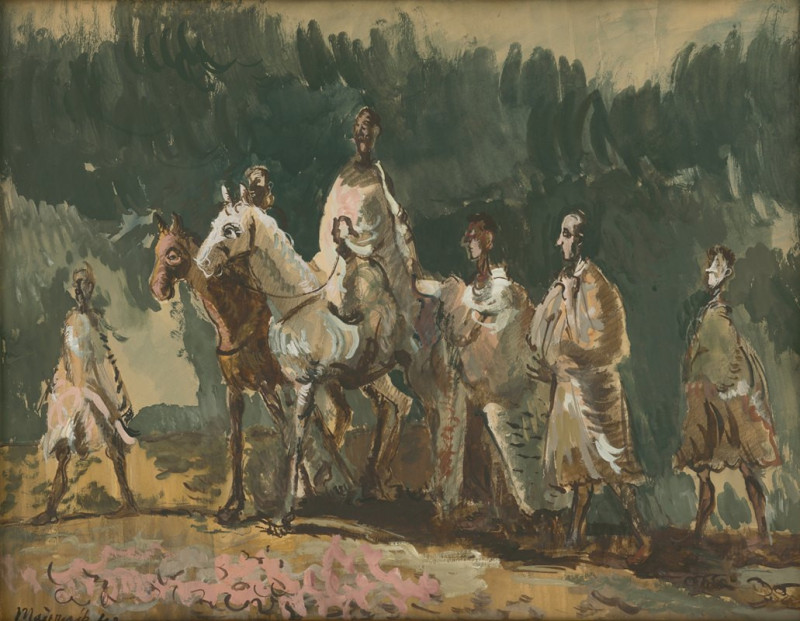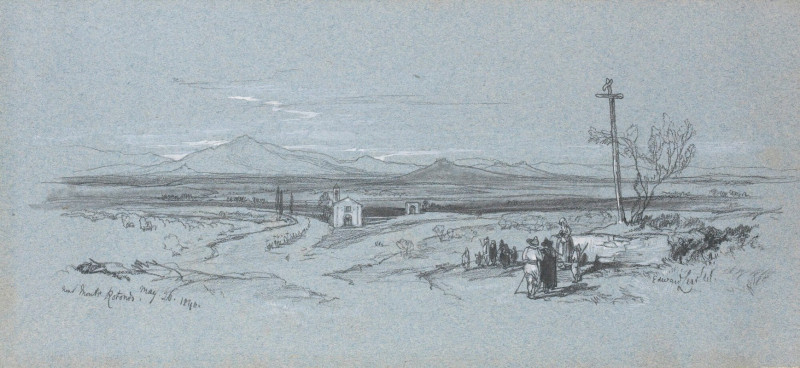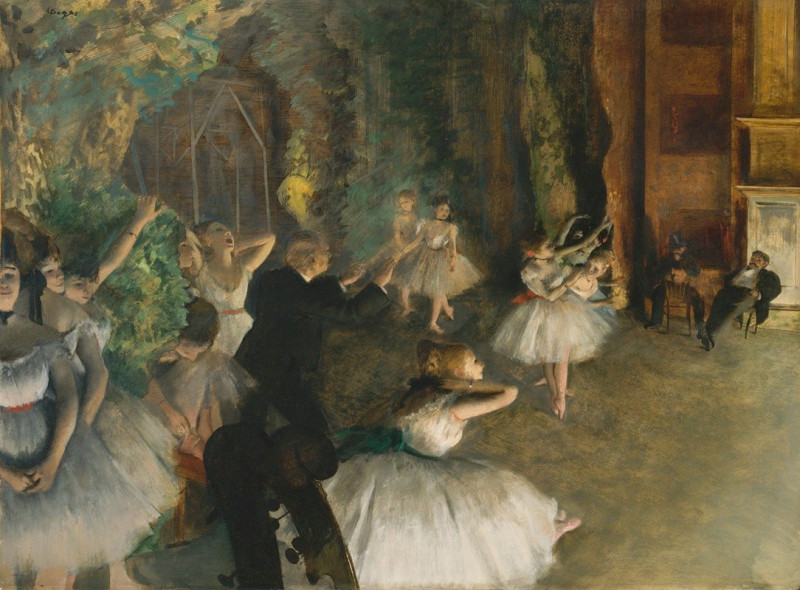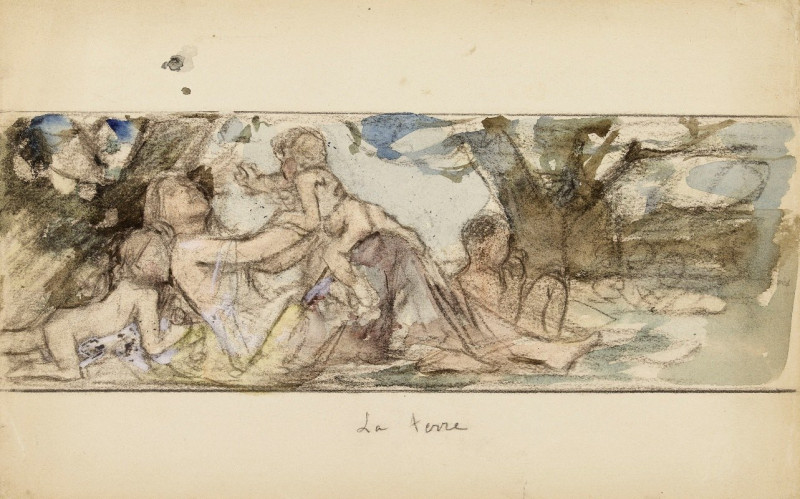Marsden Hartley
Technique: Giclée quality print
Recommended by our customers
More about this artwork
This intriguing artwork by Marsden Hartley is a compelling fusion of abstract and representational elements, creating a layered and expressive composition.The painting features a dominant central flower, vivid in red and yellow, which appears almost to be floating against a backdrop of subtle blue and white hues that suggest a sky with cascading clouds. This setting gives the impression of being both external, under a vast sky, and internal, as suggested by elements that might represent indoors, like the outlines of architectural forms and possibly a framed artwork on the wall, connecting both environments.Hartley incorporates text and symbols directly into the painting, with words like "Quite Opaque", "White Clouds", and "Snow Mallet", as well as "Courage" and "Quite Clear". These text elements could be interpreted as reflections on the artist’s thoughts or feelings, or serve an aesthetic purpose, blurring the lines between visual and literary art.The entire composition is segmented by sketches and fragments that contribute to its abstract quality. Intentionally unfinished areas or layered overpainting enrich the visual texture and depth, making the work a dynamic interplay of form, color, and text. This artwork is reflective of Hartley's ability to convey emotion through both traditional representation and modernist abstraction, perhaps capturing a personal scene or inner state through a highly individual lens.
Delivery
Returns
Marsden Hartley (1877–1943) is a Maine native and a leading American Modernist painter, along with his contemporaries, Arthur Dove and Georgia O’Keeffe. He is well-known for employing geometric abstraction as well as bold colors and lines. His paintings depicted imagery of nature, landscapes, figures, and still-life. Sponsored by Alfred Stieglitz, Hartley went to Europe in 1912, spending most of his time in Germany, where he met Gertrude Stein, Wassily Kandinsky, and Franz Marc. After returning to America in 1930, he reconnected with the New England of his childhood and started to portray the landscapes of New England in his paintings.

